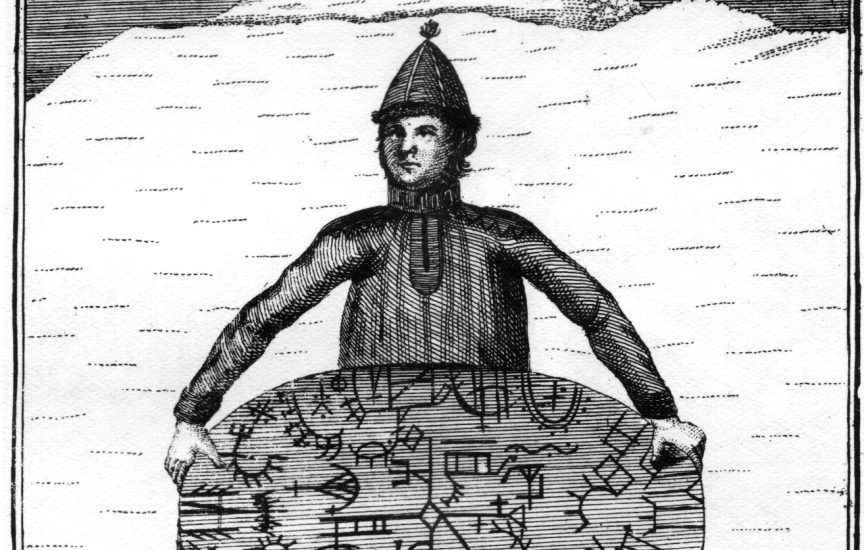SAMI SHAMANISM – A SHORT SUMMARY

 You are Reading..
You are Reading..
SAMI SHAMANISM – A SHORT SUMMARY
The Sami people are indigenous to the Arctic regions of Norway, Sweden, Finland, and Russia. For centuries, their spiritual and cultural practices have been intertwined with their environment, which is often harsh and unforgiving. Central to Sami spirituality are the shamans and noaide, who serve as intermediaries between the human and spirit worlds.
Shamanism is a practice that is found in many indigenous cultures around the world, including among the Sami. The Sami shaman, known as the noaidi, has the ability to communicate with the spirit world and to harness the power of the elements for the benefit of the community. The noaidi was highly respected and often called upon to perform rituals and ceremonies, such as the siida, which was a gathering of the community to celebrate the changing of the seasons.
The noaidi was not just a spiritual leader, but also a healer and mediator. They would use a variety of methods to heal the sick, including herbal remedies, chanting, and drumming. They would also help to resolve disputes within the community, acting as a neutral party to find a peaceful resolution.
The drum played a central role in Sami shamanism. The noaidi would use the drum to enter into a trance state, where they could communicate with the spirit world. The drum was often adorned with symbols and images that represented the elements, animals, and spirits that the noaidi would encounter on their journey.
The Sami people also had a tradition of female shamans. They were highly respected members of the community, and their abilities were often passed down through generations of women in the same family.
Unfortunately, with the spread of Christianity in the region, the Sami people were forced to abandon many of their traditional practices, including shamanism. Many noaidis were persecuted and even executed by the church, and their knowledge and wisdom were lost.
Today, there is a renewed interest in Sami spirituality and shamanism, and efforts are being made to preserve and revive these traditions. Modern-day Sami shamans are called upon to perform ceremonies and rituals for the community, and their skills as healers and mediators are still valued.
In conclusion, the shamans and noaide of the Sami people played a vital role in the spiritual and cultural practices of their community. Through their ability to communicate with the spirit world, they were able to provide healing, guidance, and wisdom to those around them. Although these traditions were nearly lost due to the influence of Christianity, there is a renewed interest in Sami shamanism today, and efforts are being made to preserve and revive this rich cultural heritage.
Foto: Sami noaidi with a drum used for runic divination (meavrresgárri). Illustration printed from copperplates by O.H. von Lode, after drawings made by Knud Leem (1767)
Also read:
